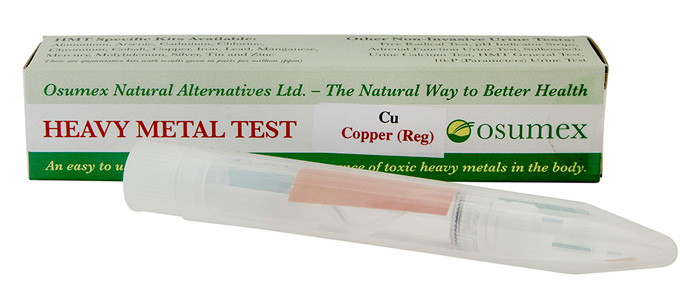Quick Test Kit for Copper (Cu) (1 test)
£26.99 (£22.49 Ex VAT)
Product Code: OS-COPPER REGULAR
Brand: OS-COPPER REGULAR
Out of stock
Description
Tests the presence of ions of Copper to a high degree of accuracy to detect contamination in the body and on a wide range of materials in your environment. This non-invasive test helps detect harmful activities within the body through urine.
Suitable for: urine, water; to test the substances which are not in solution, preparation can be made to convert them into solution for testing, this includes dust, dirt, paint, rice, milk, food, dishes, glasses
Copper is critical for energy production in the cells. It is also involved in nerve conduction, connective tissue, the cardiovascular system and the immune system. Copper is closely related to estrogen metabolism and is required for women’s fertility and to maintain pregnancy. Copper stimulates the production of the neurotransmitters epinephrine, norepinephrine and dopamine. It is also required for monoamine oxidase, an enzyme related to serotonin production. Copper is required for the proper functioning of many important enzyme systems.
Sources of copper:
- Copper is widely distributed in nature and can be found in water, many foods (such as nuts, beans, lentils, seeds, grains, white potatoes), meats (which is balanced by zinc which competes for its absorption) as well as chocolate.
- Copper can be in drinking water from copper pipes or copper added to your water supply. Other sources of copper include copper cookware, dental materials, vitamin pills, fungicides and pesticides residues on food, copper intra-uterine devices and birth control pills.
Copper is an essential nutrient. The World Health Organisation (WHO) suggests that 10-12mg per day may be the upper safe limit for consumption. The USA and Canada recently established a recommended dietary allowance (RDA) for adults of 900 μg/day. The UK maximum contaminant level for copper in tap water set by DWI/DEFRA is 2.0 mg/l (= 2ppm).(source: WHO Copper in Drinking-water)
The test kit contains an easy-to-read colourchart:
Sensitivity: 0, 10, 30, 100, 300 ppm (mg/l)This test kit is a non-invasive urine testing kit. It is also suitable to test any other reasonably clear solutions where appropriate to do so. It is simple to use at home with full instructions given. It is recommended to read the instructions first before starting the test.It is recommended to use saliva only if the user wishes to test for copper or other metals that may be leaking from any amalgam dental fillings. Otherwise, to test for heavy metals in the body, the user should use urine as the sample solution to be tested.
Contents: 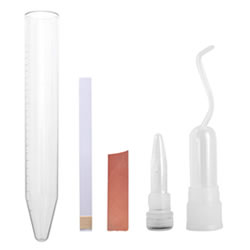 1 Test, including:
1 Test, including:
- 1 Colour strip on box of the kit
- 1 Test Instruction Sheet
- 1 Large Test-tube
- 1 Indicator stick
- 1 Pipette
- 1 sheet of pH paper
- 1 vial with clear cap – Reagent 1 (liquid content contains sulphuric acid. Avoid any contact with skin or eyes. Rinse immediately and contact your doctor if contact is made or esepcially if an eye splash occurs)
Storage: This test kit should be stored in a cool place, ideally 15°C to 25°C.
Please note: that this is a screening test and can not be used to certify water as safe or unsafe for drinking. This test kit provides approximate results ONLY when used in strict accordance with instructions. Watersafe expressly disclaims any liability resulting from the use of this product, failure to follow instructions, or reliance of test results. Please keep out of reach of children and pets. Wash hands before and after use. The contents of the kit should not come in contact with food or consumables. Once the test has been completed, dispose of it responsibly.
Additional information
| Weight | 60 g |
|---|
100% FREE UK Shipping
Orders to the UK, can be shipped faster for an extra fee, please see below.
We can ship worldwide – please contact us to obtain a quote for your destination.
- We ship orders daily Monday – Friday (except bank holidays)
- Fast & efficient shipping
- Order by 12 noon for same day dispatch
UK Mainland Shipment Options:
- FREE Super Saver 3-5 business days – sent via Royal Mail 2nd Class
- EXPRESS 1-2 business days – +£2.99 sent via Royal Mail 1st Class Tracked
- DHL Courier 1-2 business days – +£6.98 sent with DHL and fully tracked door to door
- SPECIAL NEXT DAY DELIVERY before 1 pm – +£9.98 sent by Royal Mail Special Delivery or DHL Express
Related products
-
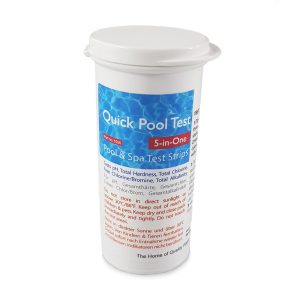
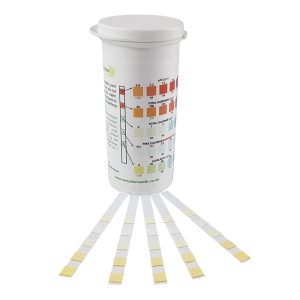
SimplexHealth Quick Pool Test 5-in-1 (50 tests)
£11.99 (£9.99 Ex VAT) -
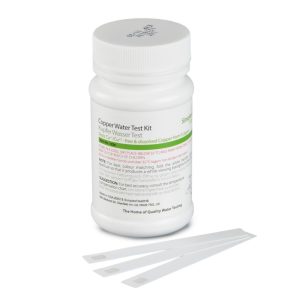
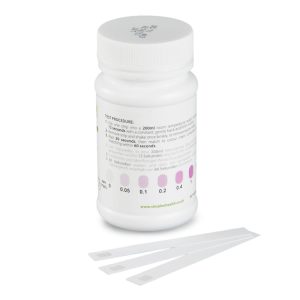
SimplexHealth Copper Test Strips 0-2ppm (25 strips)
£15.99 (£13.33 Ex VAT) -
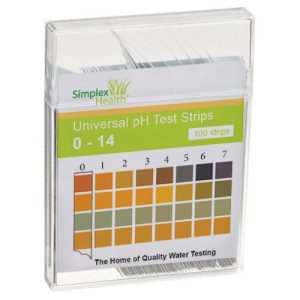
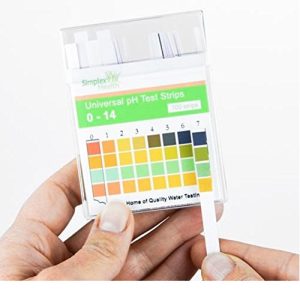
Water Full Range pH Test Strips 0-14 (100 strips)
£6.99 (£5.83 Ex VAT) -

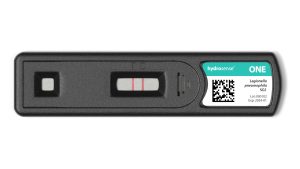
Hydrosense One Ultra Rapid Legionella Water Test (1 test) – 100CFU
£69.99 (£58.33 Ex VAT) -
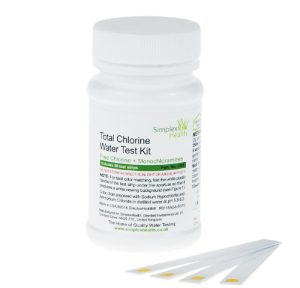
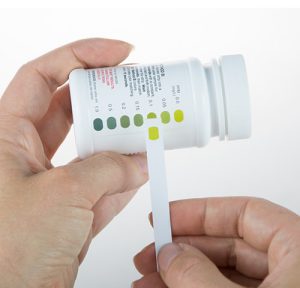
Total Chlorine Water Test 0-10ppm (50 Strips)
£17.99 (£14.99 Ex VAT) -
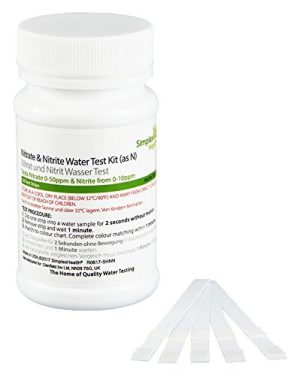
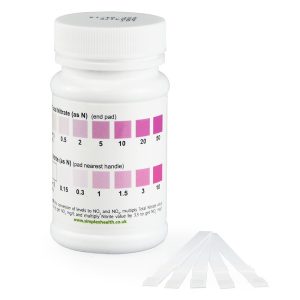
SimplexHealth Nitrate 0-50ppm & Nitrite 0-10ppm Tests (50 strips)
£19.99 (£16.66 Ex VAT) -
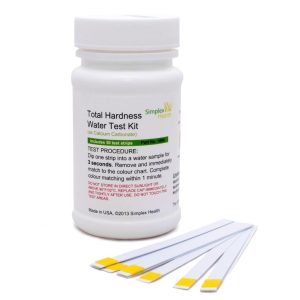
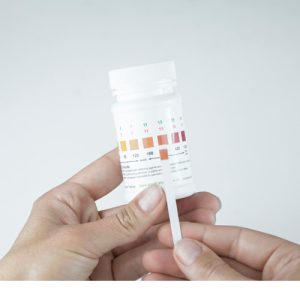
Total Hardness Water Test (50 Strips)
£12.99 (£10.83 Ex VAT) -
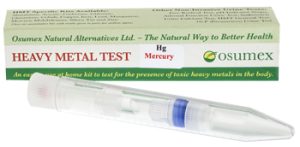
Quick Test Kit for Mercury (Hg) (1 test)
£29.99 (£24.99 Ex VAT) -
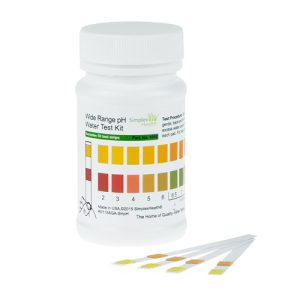
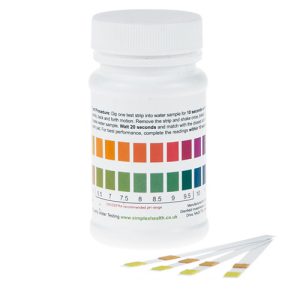
Water Wide Range pH Test Strips 2-12 (50 tests)
£12.99 (£10.83 Ex VAT) -
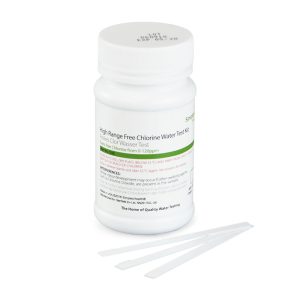
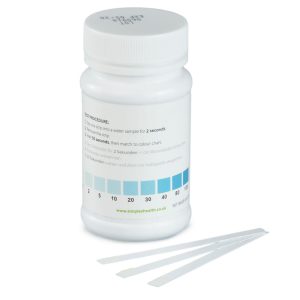
Free Chlorine Water Test 0-120ppm (50 Strips)
£15.99 (£13.33 Ex VAT)

